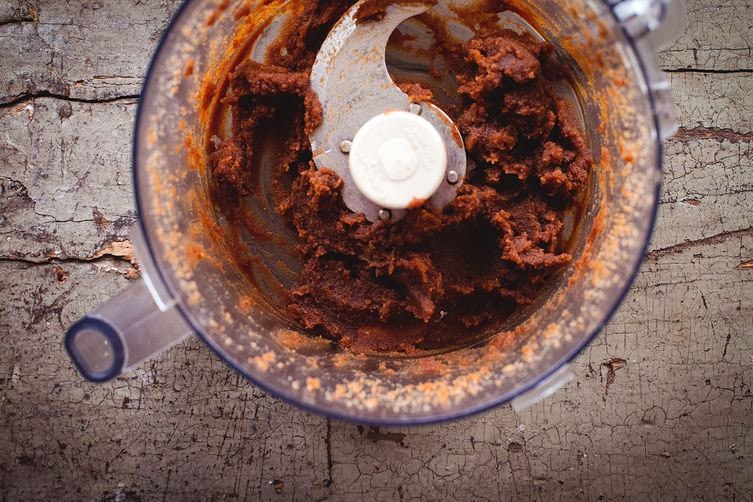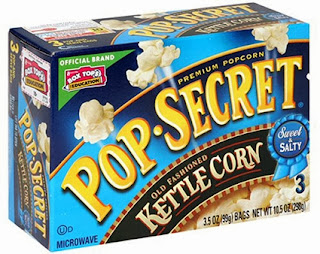Rosemary oil is one of the most popular essential oils for its wide array of health benefits. It has become increasingly important and popular over the years as more of its various health benefits have become understood, including its ability to stimulate hair growth, boost mental activity, relieve respiratory problems and reduce pain.
Rosemary, also known as Rosmarinus Officinalis, is very popular in the Mediterranean region as a culinary herb. Many dishes are cooked with rosemary oil and freshly plucked rosemary leaves. Rosemary essential oil is mostly extracted from the leaves. The rosemary bush belongs to the mint family which includes basil, lavender, myrtle, and sage.
Rosemary has been extensively used since ancient times for a variety of purposes. The Romans gave special importance to the rosemary plant and used it frequently in religious ceremonies. It was also used during wedding ceremonies, food preparation, cosmetic care, and medicinal herbal care. Rosemary plant and its extract were also used by the ancient, Egyptian civilization as incense.
The health benefits of rosemary essential oil made it a favorite of Paracelsus, a renowned German-Swiss physician and botanist, who made significant contributions to the understanding of herbal medicine during the 16th century. Paracelsus valued rosemary oil due because of its ability to strengthen the entire body. He correctly believed that rosemary oil had the ability to heal delicate organs such as the liver, brain, and heart.
Health Benefits of Rosemary Oil
Today, many medicinal preparations contain rosemary oil. The various, well-researched health benefits of rosemary oil are listed below:
Indigestion: Rosemary oil is often used for indigestion, relieving flatulence, stomach cramps, constipation, and bloating. Rosemary essential oil is also thought to relieve symptoms of dyspepsia and it is an appetite stimulant. Furthermore, research has shown the essential oil to be detoxifying for the liver, and it also helps to regulate the creation and
release of bile, which is a key part of the digestive process. It also stimulates blood flow and improves circulation, which can benefit the absorption of nutrients from food. Rosemary leaves are often added to meat dishes because it is particularly helpful in digesting meat, particularly lamb, beef and pork.
Hair care: Rosemary oil and rosemary teas are widely used for hair care in shampoos and lotions. Regular use of rosemary oil helps to
stimulate follicles, making hair grow longer and stronger. It is also believed that rosemary oil slows down premature hair loss and graying of the hair. Therefore, it is an excellent tonic for bald people or those who are beginning to show signs on male pattern baldness.
Rosemary essential oil is also beneficial for dry and flaky scalps. Regular massaging of the scalp with rosemary oil nourishes the scalp and removes dandruff. Furthermore, it is often mixed with tea tree oil and
basil oil to alternately treat scalp problems. For many years, rosemary has been combined with olive oil as a way to darken and strengthen hair by using hot oil treatments.
Mouth care: Rosemary essential oil is a disinfectant and is often used as a mouth wash. It also helps in removing bad breath. By
removing oral bacteria, rosemary essential oil can prevent gingivitis, cavities, plaque build up, and other damaging dental conditions.
Skin care: Rosemary essential oil is not used in skin care as extensively as it is used in hair care, but it does have
antimicrobial and antiseptic qualities that make it beneficial in efforts to eliminate eczema, dermatitis, oily skin, and acne. Topical application of the essential oil, or regular massage with the oil helps in toning your skin and removing dryness. It can also give your skin a healthy, even glow when regularly applied, or when it is a main component of your moisturizers and other creams.
Boosting mental activity: Rosemary essential oil is an excellent brain and nerve tonic. It is often used by students during exam times because it increases concentration and helps in studying efficiently. It stimulates mental activity and is a good remedy for depression, mental fatigue and forgetfulness. Inhaling rosemary oil seems lift your spirits immediately. Whenever your brain is tired, try inhaling a little rosemary oil to remove boredom and renew your mental energy.
In a
study, researchers found that of 144 test participants who inhaled rosemary oil during an exam displayed significantly higher cognitive function. This is why some researchers are beginning to explore the options for using rosemary oil as an alternative treatment for slowing down the onset of Alzheimer’s disease in certain patients because of this apparent connection between boosted neural activity and the essential oil.
Stress Relief: Aside from the relaxing nature of aromatherapy and general inhalation of rosemary essential oil, it has been proven to actually decrease the level of cortisol in the saliva. Cortisol is one of the main stress hormones that are released during the “flight or fight” response of the body to stress. Excess cortisol in the blood that may occur due to chronic stress can wreak havoc on the body, including its hormonal balance and the efficiency of the metabolism. A
study said that inhaling rosemary oil and lavender oil for five minutes significantly reduced the levels of cortisol in the test subject’s saliva, which could seriously decrease the dangers inherent from chronic stress.
Advertisement
Immune System Boost: Antioxidants are some of the most valuable defensive weapons we have in our body for fighting off infection and disease, so any food or essential oil that either adds to or stimulates the activity of antioxidants is a huge benefit to overall health. The same study which found that cortisol levels decreased after simultaneous massage and inhalation of rosemary essential oil also found that the
scavenging free radical activity in the test subjects’ bodies also increased significantly. This means that regular use or inhalation of rosemary essential oil in aromatherapy sessions or in other ways can increase the strength of the immune system and help combat all of the diseases associated with free radicals, including cancer and heart disease.
Pain relief: The ability of
rosemary essential oil to relieve pain has resulted in its extensive use in treating headaches, muscle pains, rheumatism and even arthritis. Massaging the affected area that is in pain with rosemary essential oil can give quickly relieve the pain. Vapor baths with rosemary oil are also found to be effective in the treatment of rheumatism. It has certain anti-inflammatory qualities as well, which makes it very good for relieving the pain from sprains and joint aches. Furthermore, it is known to stimulate blood circulation, which can relieve pain and also aid in coagulation of wounds for faster healing.
Aroma: Rosemary has a mesmerizing aroma, which makes rosemary essential oil an excellent inhalant. The oil is used in room fresheners, cosmetics, beauty aids, food, bath oil, candles and perfumes because of its unique and intoxicating aroma. When the oil is inhaled, it can boost mental energy and is also known to clear the
respiratory tract. Many people spray a mixture of rosemary essential oil and water to remove bad odors from room and objects.
Sexually Transmitted Diseases: Recent research suggests that the use of rosemary essential oil’s antimicrobial qualities can help reduce the effects and recurring inflammation of the herpes virus. The herpes virus can quickly develop immunity to normal antiviral medication, so alternative methods are always being explored. A number of studies have now shown the essential oil of rosemary to be an effective option for reducing the symptoms of the Herpes virus in test subjects, and even affects the level of contagiousness of the virus.
Respiratory problems: The benefits of rosemary essential oil in treating respiratory problems are well-researched and supported. The scent of the oil has been shown to give relief from throat congestion, and it is also used in the treatment of respiratory allergies, colds, sore throats and the flu. Since rosemary oil also has antiseptic qualities, it is also effective for respiratory infections. The oil is antispasmodic and is therefore used in some treatment programs for bronchial asthma.
There are various other claims regarding possible health benefits of rosemary oil, including its usage for disorders in menstrual cycle, menstrual cramps, peptic ulcer, urine flow, prostate, gall bladder, intestine, liver, cataract, heart, sperm mobility, leukemia, kidney stones and associated pain. Research is currently being performed to study its potential in treating various types of cancers including those of the colon, stomach, breasts, and lungs.
Rosemary oil may, at times, cause allergic reactions, so it should only be used if prescribed or after thorough consultation with your medical specialist. Since rosemary oil is volatile in nature, the oil has occasionally caused vomiting and spasms. Therefore, it should never be ingested. It is strongly suggested that rosemary essential oil should not be used by pregnant, breastfeeding, or nursing women. Excessive use of the oil may even lead to miscarriage or a disability in the fetus.
Rosemary essential oil is used extensively in aromatherapy due to its versatility as a welcome aroma in so many popular combinations. The oil blends well with frankincense, lavender, clary sage, cedarwood, basil, thyme, citronella, lemongrass, elemi, geranium, chamomile, peppermint and cardamom.
































































